Applying an electrical charge to liquid droplets reduces the splash when those droplets hit a solid surface. In some cases, charge can even prevent splashing altogether. The researchers behind the finding suggest that the phenomenon could be used to control impact dynamics during inkjet printing, and in the application of pesticides or surface coatings.
Droplets can acquire charge in various settings. For example, charge is generated in the raindrops that make up thunderstorm clouds. And in the laboratory, the simple act of squeezing a droplet from a plastic pipette induces a small charge in the substance.
To study how charge influences the splashing behaviour of droplets, a team led by Zuankai Wang from the Hong Kong Polytechnic University in China used high-speed cameras to observe ethanol drops hitting a glass slide. The ethanol was dispensed from a syringe needle connected to a high-voltage power supply, below which was a grounded copper ring that drops fell through. The electric field created between the syringe and the ring induced a lasting charge in the droplets that remained as they hit the glass slide.
As a droplet hits a horizontal surface, a thin layer of liquid called a ‘lamella’ forms and expands outwards across the surface. Various forces acting on the lamella then cause this layer to lift off the surface, at which point it breaks up and creates a splash.
Now, Wang’s team has shown that for droplets with higher charge, the lamella doesn’t expand to the same extent and has a stronger attraction to the surface. This means that the liquid doesn’t lift as far off the surface, resulting in a smaller splash. For droplets with a sufficient charge, splashing can be suppressed completely.
The researchers also performed the experiments with slides made from a range of materials, noting that the effect varies depending on the dielectric constant of the surface. For highly conducting materials splashing is not suppressed at all, as the droplet loses its charge as soon as it touches the surface.
References
F Yu et al, Phys. Rev. Lett., 2025, DOI: 10.1103/PhysRevLett.134.134001

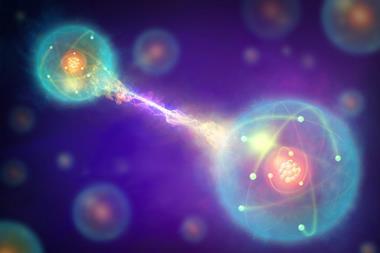
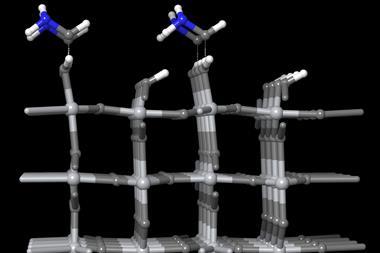
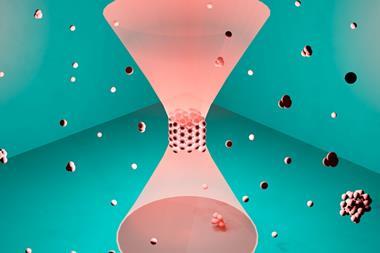
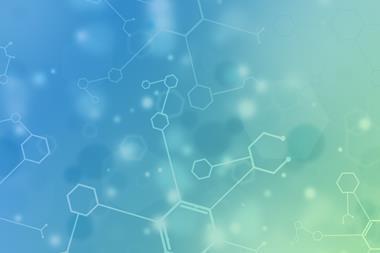



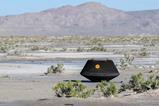

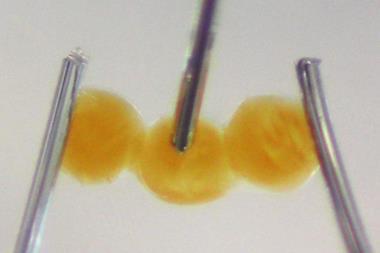
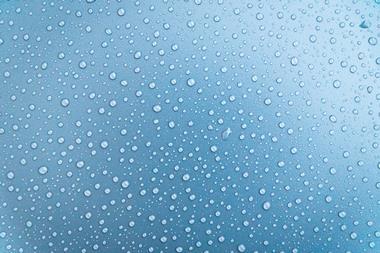
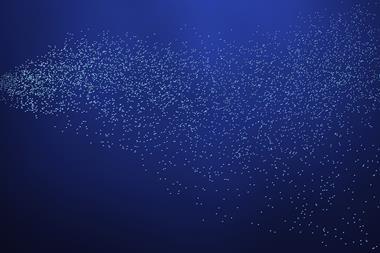
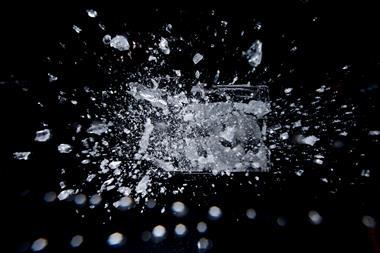
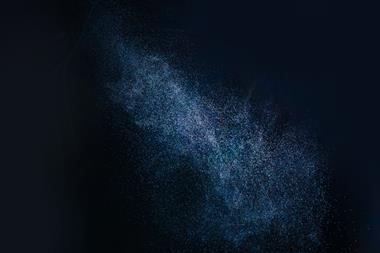

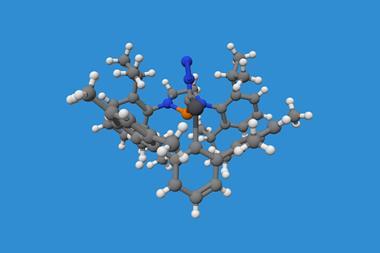
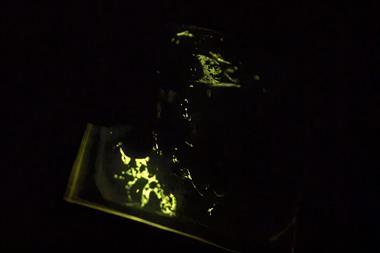
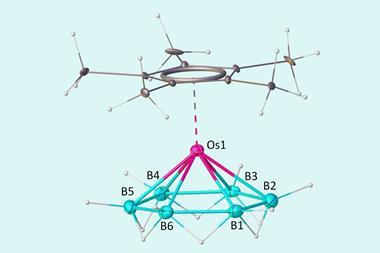

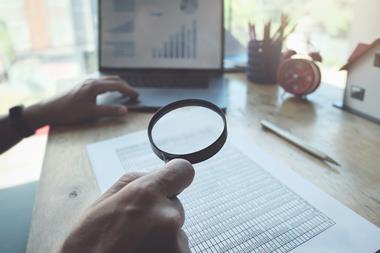



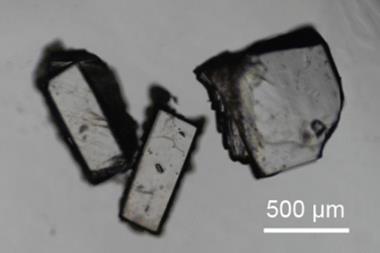
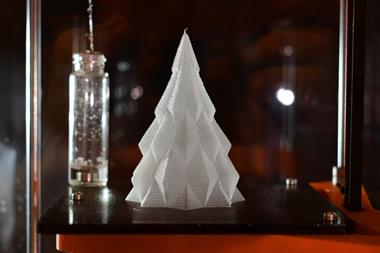
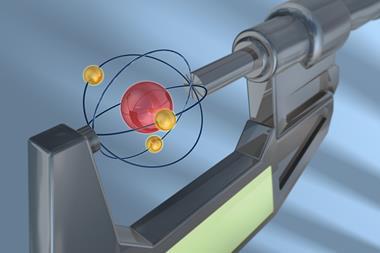
No comments yet